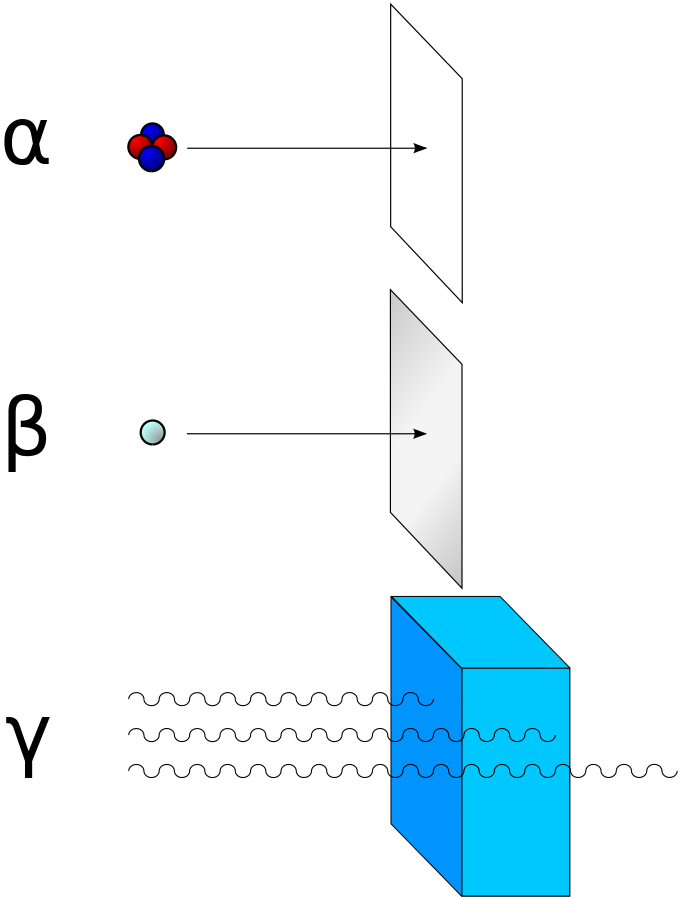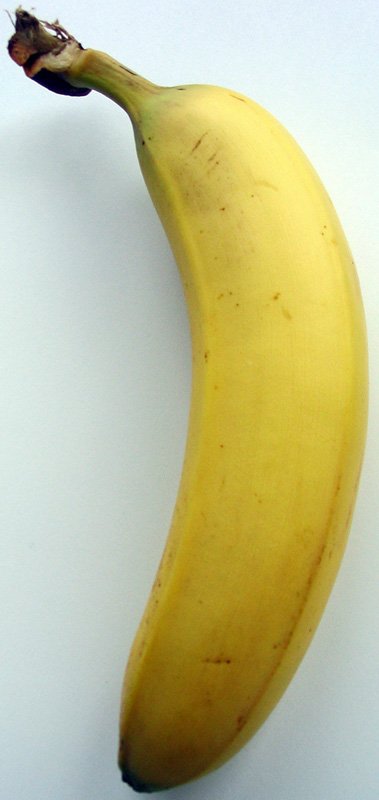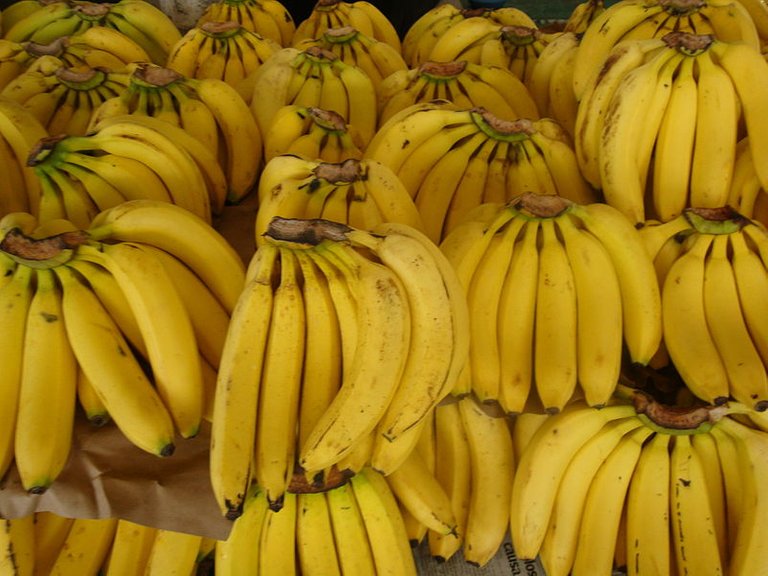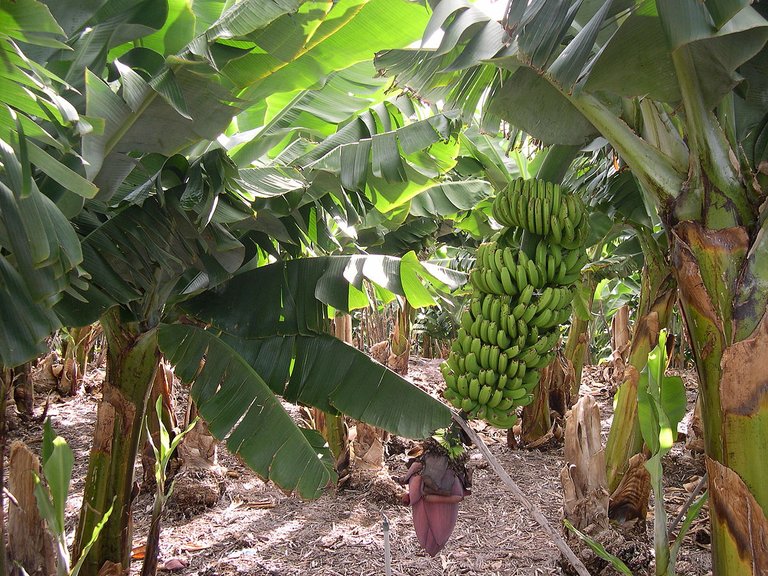Hello friends of Steemit.
Fruits undoubtedly are the foods that offer a lot of nutrients that are very necessary to enjoy good health. In addition to this they are striking thanks to the fact that they have very diverse colors as well as shapes. But some of them are radioactive such is the case of the banana, although it seems incredible to us, it is, and that is what I want to talk about today.
Many of us have eaten the banana and enjoyed its good taste as well as the benefits it provides, but few knew that in turn is the most radioactive fruit of all.
The paradisiacal muse.

Also commonly known by other names such as banana, banana, banana, banano and guineo; The paradisiacal muse, as it is scientifically known, is a type of herbaceous plant of the musa genus. Its scientific name was granted to it by Carlos Linneo in 1753.
It consists of a false berry, of a aflacada form that grows in clusters of up to 400 units and 50Kg of weight; yellow when ripe, it is sweet, fleshy. It is also rich in fiber, carbohydrates, potassium, vitamin A, C and tryptophan, it contains a natural antacid very useful against heartburn; It is also low in sodium and low in fat. It is much richer in calories than most fruits because of its high starch content; of 12g that weighs in average, 25% is dry matter that contributes 120 calories.
¿What is its origin?
Probably the banana that we eat today is native to the Indomalaya region. From Indonesia they spread south and east, reaching Hawaii and Polynesia by stages. European merchants brought news of the tree to Europe around the 3rd century BC. C., but they did not introduce it until century X. Of the plantations of West Africa the Portuguese colonizers would take it to South America in century XVI.
¿What is radioactivity?

It is known as a chemical and physical phenomenon where the atoms of some unstable elements lose energy and emit radiation. In short, radiation is the propagation of energy either in the form of electromagnetic waves or subatomic particles.
¿Why is the banana or the banana radioactive?

This is due to the amount of potassium that you have, because each 100 g of this fruit contains 400 mg of potassium, in different isotopes. It is considered that the exchanges could make the alarms of the radiation meters jump because of their high potassium content.
Potassium 39
Potassium 40
Potassium 41
¿What are those isotopes?
The potassium that we find in nature is a mixture of isotropes of which are:
The only one that is radioactive is potassium 40, which with the passage of time is transformed into argon or calcium.
Scheme of disintegration of potassium 40.
Lozano M. Lecciones de Fukushima. (2011).
First edition. Penguin Random House Grupo Editorial. España.

The banana is considered a rich source of potassium and although there is little potassium 40 is more than enough for the banana is radioactive, only 0.00117% of the total potassium that contains a banana is potassium 40.
The half-life of potassium 40 is 1.24 billion years. When eating a banana, every second that passes will disintegrate 14 potassium atoms 40 in the body in a completely harmless way.
¿Is it dangerous for the banana to be radioactive?
The fact that you eat a banana every day will not increase your potassium-40 content. As we said before, potassium-40 is radioactive, but it represents a very low amount of potassium in a banana. Our body internally controls the levels of this isotope, so that when more potassium enters than necessary, the body gets rid of excess.
¿ Are there other radioactive fruits?
In addition to this fruit, there are many other moderately radioactive foods such as potatoes, sunflower seeds, beans, nuts, etc. It is believed that the most radioactive known food is the Amazonian nut, due to the high radio and barium content of the soil in which the plant grows.
If you want to expand your knowledge about this interesting fruit and radioactivity I recommend the following references:
I hope you liked it, until the next educational post.


